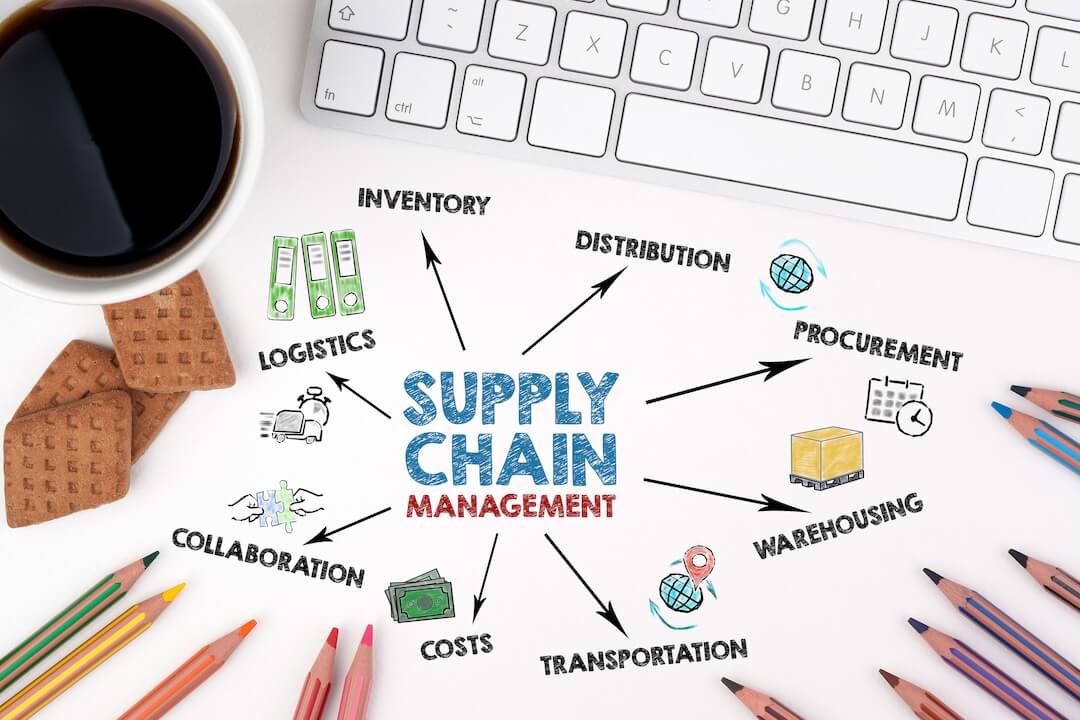Why Cycle Time Matters More Than Ever
Ever wondered how long it really takes for a product to reach your hands? The answer lies in two often-confused but critical measures in supply chain management: lead time and cycle time. Understanding both along with their differences unlocks efficiency, strengthens customer trust, and reveals opportunities for profit hidden in your supply chain.
This article revisits the foundations of lead time and cycle time in supply chain management, why they matter, and how businesses can leverage them to gain a competitive edge.
Lead Time vs. Cycle Time: The Key Difference
Lead Time measures the external journey of goods, from placing an order with suppliers to receiving materials. This covers everything from sourcing and negotiating to issuing supplier orders and receiving deliveries. In day-to-day operations, think of it as the time from order placement to supplier receipt.
Production Lead Time focuses on the internal manufacturing process. It measures the duration from when raw materials are introduced to production until finished goods are ready. This includes staging, processing, manufacturing, assembly, and inspection.
Cycle Time, on the other hand, measures the efficiency of a single task, process, or action whether in procurement, production, logistics, or even customer service. It’s all about how long it takes to complete a task from start to finish.
- Lead Time looks outward, managing the flow from suppliers.
- Production Lead Time looks inward, managing manufacturing processes.
- Cycle Time in supply chain management focuses on efficiency within every link of the chain.
Why Managing Lead and Cycle Time is Critical
Businesses that manage both effectively can unlock measurable value:
- Improved planning: Accurate lead times enhance scheduling, forecasting, and resource allocation.
- Optimized inventory: Shorter cycle times reduce excess stock and free up working capital.
- Enhanced customer satisfaction: Faster deliveries build trust and repeat business.
- Increased competitiveness: Quick turnaround times create a distinct market edge.
- Reduced costs: Efficiency minimizes storage, labor, and operational expenses.
- Improved quality: Identifying bottlenecks during cycle time measurement leads to better processes.
- Faster time to market: Streamlined cycles accelerate innovation and responsiveness.
The Overlooked Metric: Total Replenishment Lead Time
One often-overlooked measure is Total Replenishment Lead Time. According to SAP:
“The total replenishment lead time is the time required to make the product fully available again… as the sum of the in-house production time(s) and/or the planned delivery time(s) of the longest production path.”
Understanding this concept ensures businesses don’t just manage surface-level efficiency but account for deeper supply chain dependencies.
Reducing Cycle Time to Unlock Hidden Profit
In today’s competitive environment, companies can’t afford inefficiencies. Excess cycle time ties up cash in inventory, inflates costs, and slows down growth. By reducing cycle time in supply chain management, businesses not only streamline operations but also unlock hidden profit and working capital that can be reinvested in growth, innovation, and talent.
This is where SAP, when optimized, becomes a powerful enabler. Instead of relying on spreadsheets and manual workarounds, companies can use their live SAP data to measure, manage, and continuously reduce both lead and cycle times.
A Symphony of Efficiency and Growth
Mastering lead time and cycle time in supply chain management is more than a process exercise—it’s a strategic advantage. Businesses that shorten these times gain agility, efficiency, and customer loyalty, all of which translate into measurable financial impact.
If your supply chain is leaking profit through slow cycles or inflated lead times, now is the moment to act.
Ready to reduce cycle time in your supply chain management? Discover how Reveal helps companies optimize SAP to free cash, improve service levels, and accelerate growth. Learn more here.
More Expert Insights & Exclusive SAP Secrets
For in-depth insights and SAP video education, visit Reveal TV to explore this topic further or sign up for exclusive content.




